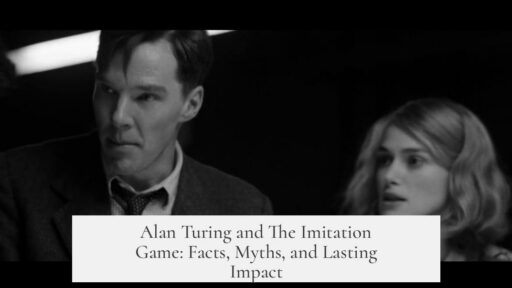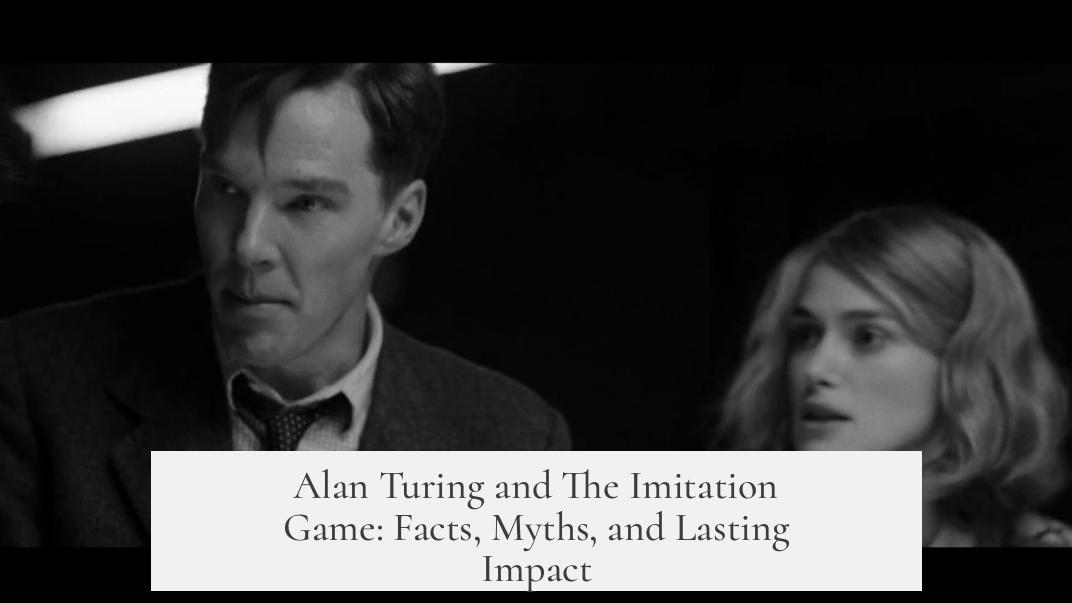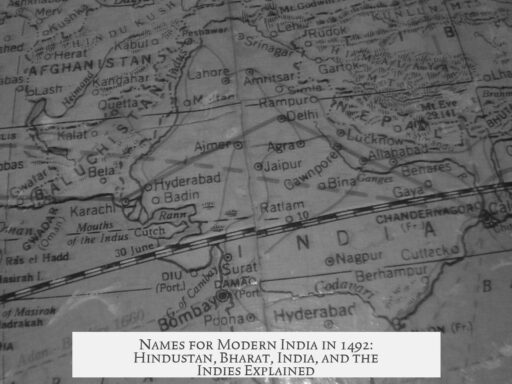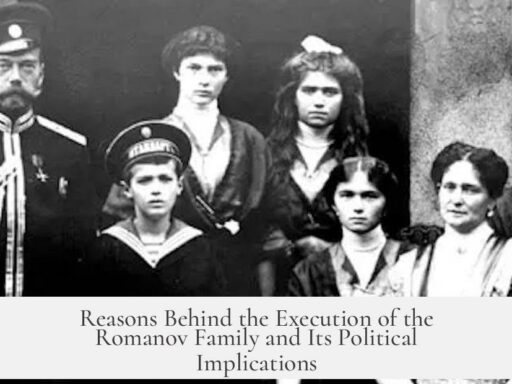The film The Imitation Game portrays Alan Turing’s role in breaking the Enigma code during World War II but takes significant liberties with historical facts. While it correctly establishes that Turing worked at Bletchley Park and contributed to deciphering Nazi communications, the film simplifies and dramatizes many aspects. It condenses complex events to fit the narrative and the movie’s duration, impacting its historical accuracy.
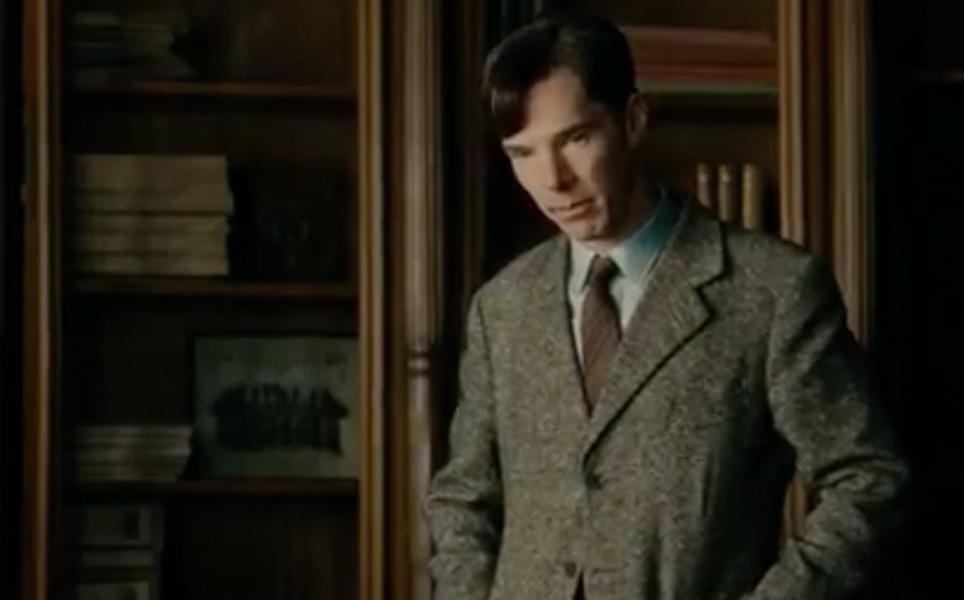
The movie presents Turing’s codebreaking work and the moral dilemmas linked to using decrypted information. However, it inaccurately suggests an immediate ethical debate after cracking Enigma. In reality, the British intelligence community adopted a cautious approach to avoid exposing that Enigma was broken, sometimes sacrificing tactical advantage to protect the secret.
The actual process involved multiple machine simulations to decode messages, which the film touches on but oversimplifies. This simplification aims to make complicated cryptography accessible to a broad audience. The movie condenses nuanced operational and ethical decisions into a simplified storyline.
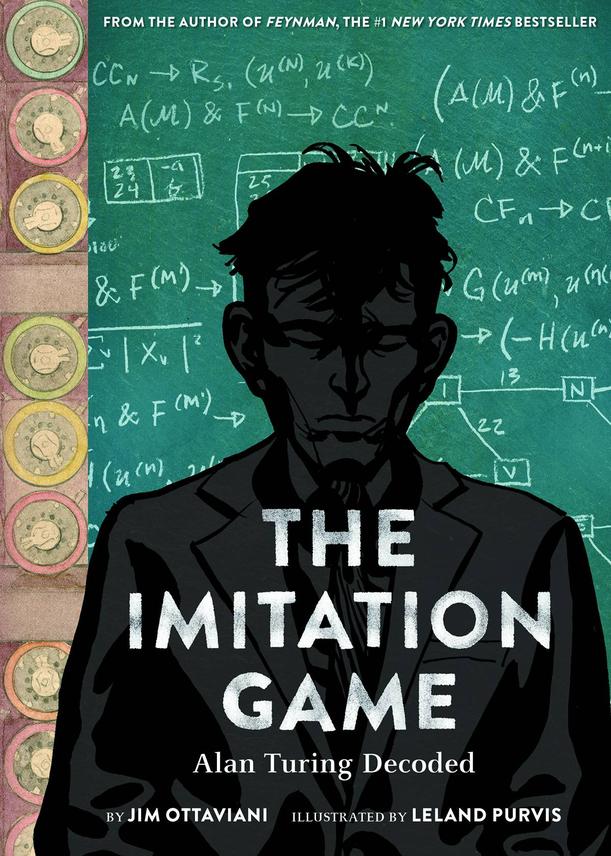
One major omission is the crucial early contribution of Polish mathematicians. Their work in understanding Enigma provided foundational insights that the British team later used. The film barely acknowledges this, which distorts the full scope of collaborative international efforts in codebreaking.
Despite these inaccuracies, the film succeeds in introducing Turing’s important work to popular culture. Fans of codebreaking may find the dramatization frustrating, but for many, it highlights Turing’s role and raises awareness about his legacy.
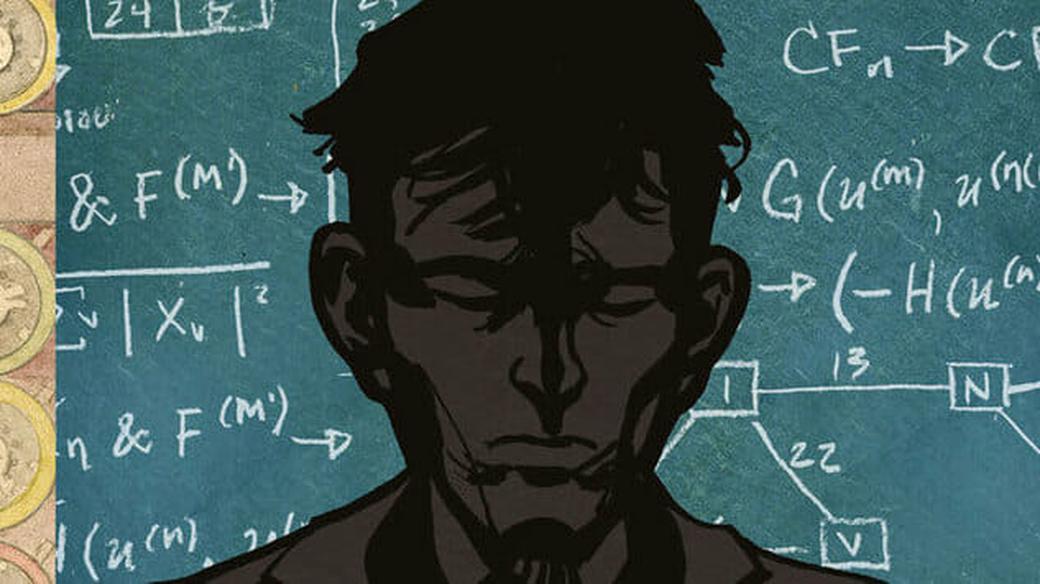
| Aspect | Film Portrayal | Historical Reality |
|---|---|---|
| Breaking Enigma | Depicted as primarily Turing’s work with immediate ethical debate | Collaborative process with Polish contributions; gradual operational decisions |
| Moral Dilemmas | Shown immediately after breaking code | Careful, ongoing policy to protect the secret |
| Polish Contribution | Almost ignored | Fundamental to early codebreaking efforts |
- The movie is heavily dramatized and not historically precise.
- Turing’s involvement and breaking Enigma are accurately established.
- Moral issues are oversimplified and mistimed in the narrative.
- Machine simulations played a key role in breaking codes.
- Polish mathematicians’ contributions are largely omitted.
Alan Turing – The Imitation Game: Beyond the Silver Screen
Is “The Imitation Game” an accurate portrayal of Alan Turing and his codebreaking feats during World War II? The quick answer: not really. This movie is a gripping thriller with moments of genius storytelling but falls short if you’re seeking a historically precise biography. It takes massive dramatic liberties, which might frustrate history buffs eager for detail.
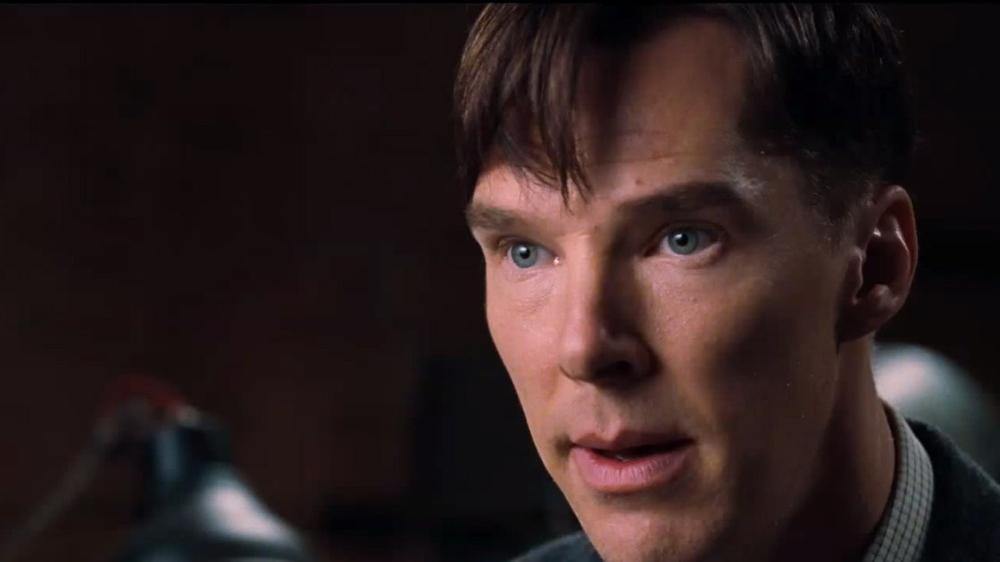
So, what’s true, and what’s Hollywood embellishment? Let’s dive into the real story behind the film and what it gets right—and wrong.
Hollywood vs. History: Where “The Imitation Game” Falters
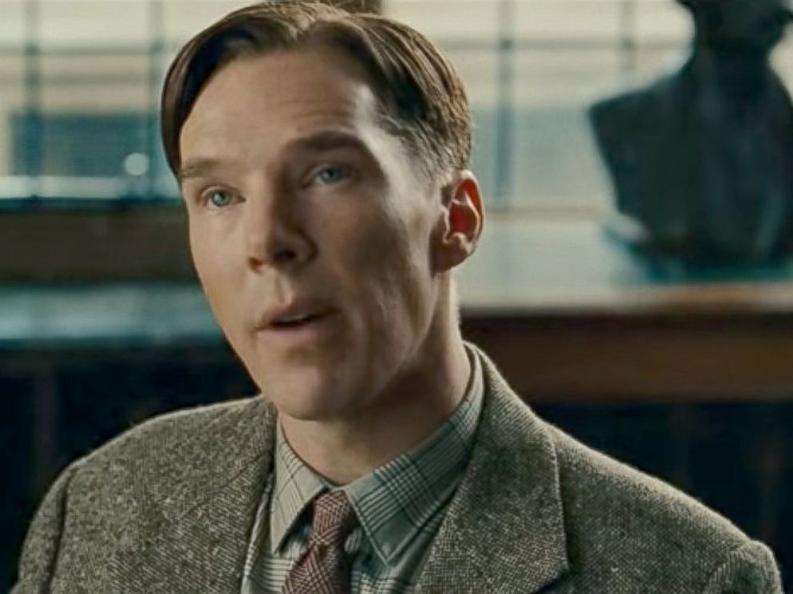
The movie throws us straight into Bletchley Park, where Turing and his team tackle cranking the Nazi Enigma code. But expect a condensed whirlwind rather than a documentary. Significant events are compressed or altered to fit the movie’s tight two-hour slot.
The depiction of breaking Enigma, yes, does highlight the essential storyline: Turing’s pivotal role along with a policy called “Ultra” that prevented the Allies from using all intercepted information lest the Nazis discover their code was broken. But the process isn’t a neat reveal with dramatic moral debates after every interception—as the film suggests. In reality, such decisions were cold, calculated, and complex.
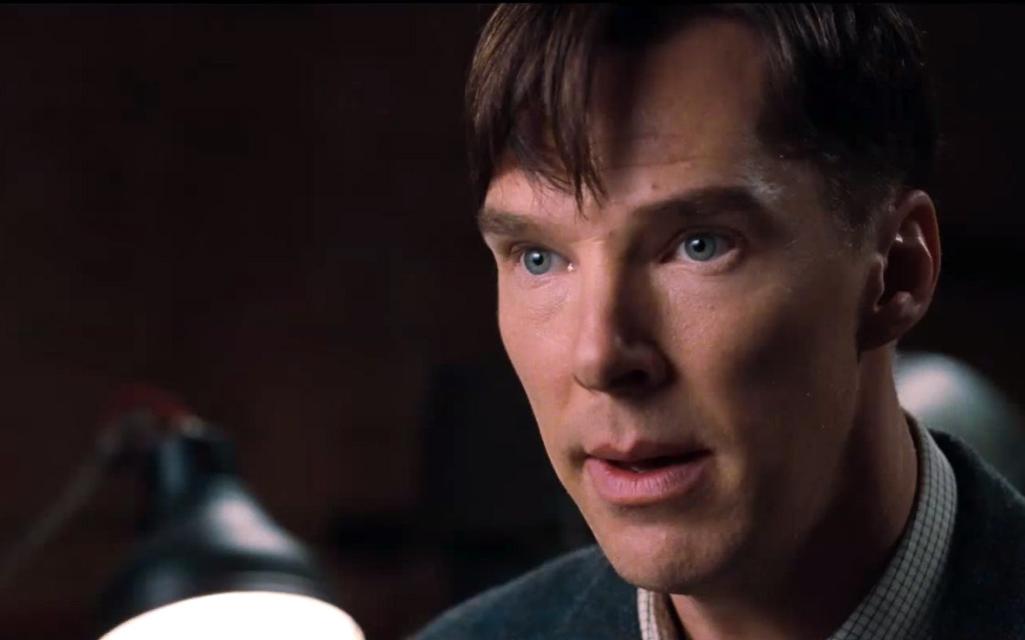
For the puzzle lovers out there, the film simplifies the heavy codebreaking process. In truth, they relied on a series of machine simulations—you could think of them as early computers—to decode messages. These machines, like the Bombe, were brainchildren of brilliant minds but the movie doesn’t get into this granular detail.
The Elephant in the Room: What About the Polish Mathematicians?
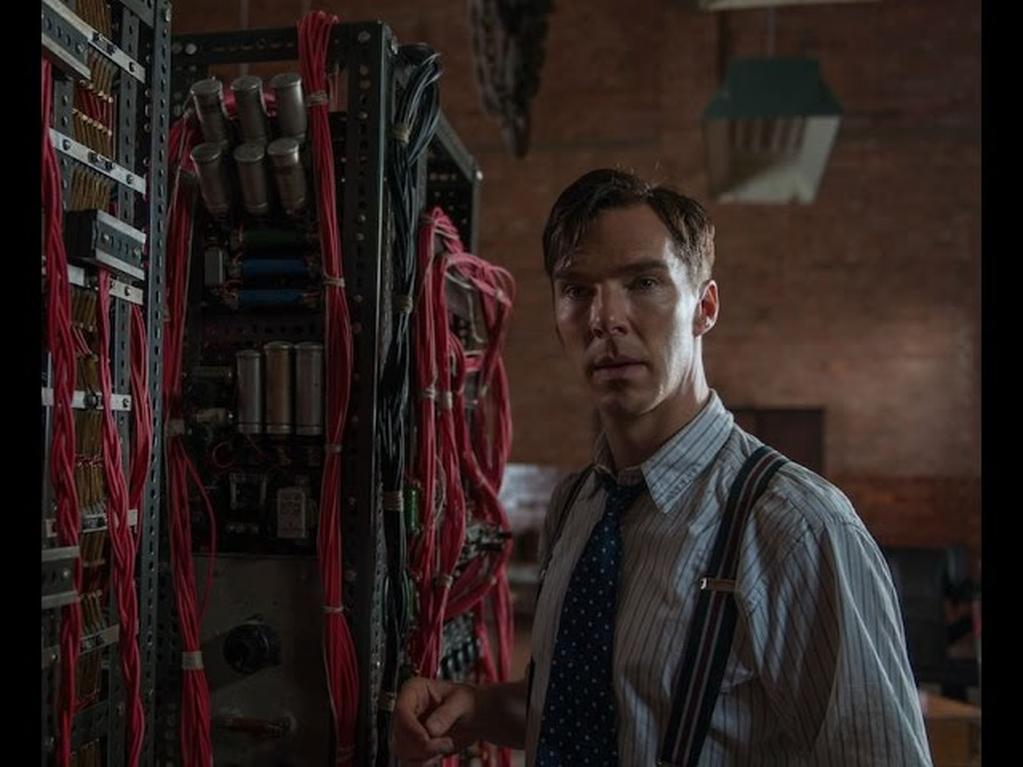
This is one of the film’s biggest historical sins: ignoring the significant contributions of Polish mathematicians. These trailblazers actually cracked parts of the Enigma code before the British efforts kicked in. Without their breakthroughs, Britain’s codebreaking might have taken far longer.
What’s more, Polish codebreakers shared their findings with the British just as war loomed, giving Bletchley Park a crucial head start. This early work was the foundation on which Turing and his colleagues built—but The Imitation Game barely gives this critical detail a nod. This omission skews the narrative, making it seem like the British did it all alone.
Why Did The Movie Take So Many Liberties?
Movies need to *entertain* and fit complex stories into 90-120 minutes. The Imitation Game chooses drama over documentary. That, frankly, is expected of a film aiming at wide audiences, not historians.
One might ask: Is this simplification a problem? For hardcore codebreaking enthusiasts or history scholars, yes, it can be irritating. They might see it as “absolutely useless historically,” a phrase that’s been used by some critics.
But for many, the film ignites curiosity about Alan Turing. It turns a historical figure—whose legacy was tragically shadowed by his prosecution for being gay—into a household name. So there’s undeniable value in reaching a broad audience with engaging storytelling.
Alan Turing’s Legacy: More Than Just a Movie
Turing’s actual life was groundbreaking, and his work saved countless lives by shortening WWII. His contributions to computer science laid the groundwork for modern computing. The movie sketches this but misses many nuances.
For instance, the film’s portrayal of Turing’s personality—awkward genius and social misfit—feels accurate in spirit, even if specifics are dramatized. It captures the tension between his brilliance and the unfair social persecution he faced.
Understanding Turing’s story prompts a deeper question: How do we balance storytelling with accuracy? The answer likely depends on what you want. If you want a tight, dramatic film with sparks of truth, The Imitation Game fits. If you want precise history, it’s a starting point, not a final word.
What Can Viewers Take Away From “The Imitation Game”?
- It Introduces Alan Turing’s genius to many who never heard of him. This is priceless because Turing’s story belongs in the spotlight.
- It hints at complex moral dilemmas during wartime. The policy of selective intelligence use shows the tough choices leaders faced.
- It sparks interest in WWII codebreaking and computing history. Curiosity may lead viewers to explore more accurate sources.
- It reminds us of the tragic side of Turing’s life. Social injustice overshadowed the life of a hero, a lesson still relevant today.
Final Thoughts: To Watch or Not to Watch?
The Imitation Game is less a history lesson and more a captivating story loosely based on real events. Alan Turing’s full story—polished of Hollywood gloss—deserves deeper exploration in books or documentaries.
Imagine blending the film’s gripping pace with the real complexities of codebreaking and the Polish mathematicians’ key roles. That would be a film worth watching. But until then, use The Imitation Game as your intriguing appetizer and dive into the feast of true history afterward.
Have you seen the movie? What did you think should have been included or left out? Drop your thoughts—after all, a conversation about Turing’s legacy is as vital as the legacy itself.
